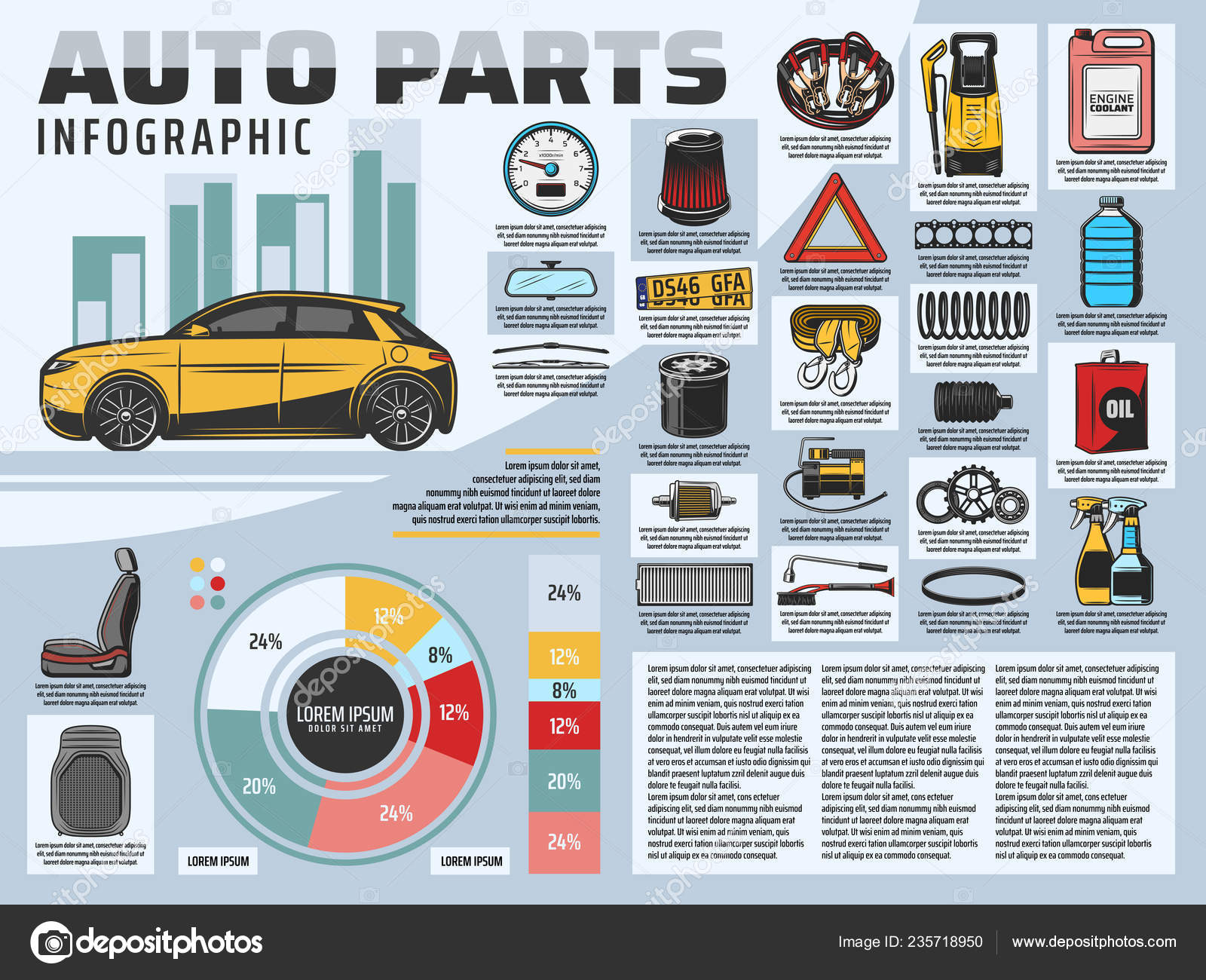A Beginner'S Guide To Recognizing Your Car'S Warning Lights
A Beginner'S Guide To Recognizing Your Car'S Warning Lights
Blog Article
Web Content Writer-Fenger Emery
When you lag the wheel, those little warning lights on your automobile's dashboard can be fairly perplexing. What do they mean, and should you be concerned? Recognizing these signals is critical for your vehicle's wellness, but it does not need to be a challenging job. By translating the secret behind each light, you'll be furnished to handle prospective concerns efficiently and maintain your vehicle running smoothly. So, following time a warning light flashes, don't panic - arm yourself with expertise and take control of the scenario.
Value of Automobile Caution Lights
Recognizing the significance of your vehicle's warning lights is critical for keeping your vehicle's health and wellness. These lights serve as your vehicle's interaction system, alerting you to possible problems that can endanger your safety and security when driving or bring about pricey repairs if disregarded. By focusing on these cautions, you can resolve troubles early and stop additional damages to your automobile.
Overlooking advising lights can result in serious consequences, such as engine failing, brake malfunctions, or even crashes. These lights are made to inform you of problems ranging from low tire stress to engine malfunctions, giving you the possibility to act before the situation worsens. Frequently examining and recognizing these warnings can conserve you time, cash, and guarantee your security while driving.
In addition to maintaining you secure, reacting quickly to cautioning lights can also assist lengthen the life expectancy of your auto. By resolving issues at an early stage, you can prevent small problems from intensifying into significant repairs, eventually conserving you time and money over time. Keep in mind, your vehicle's caution lights are there for a reason - do not overlook them!
Common Caution Lighting and Meanings
When it concerns driving your vehicle, understanding usual warning lights and their significances is necessary for your safety and vehicle maintenance. Below are brake repair estimate of typical warning lights you might experience:
1. ** Examine Engine Light **: This light shows a problem with your engine. It could be something small like a loosened gas cap or something extra significant like engine misfiring.
2. ** Battery Light **: This light signals a trouble with your automobile's billing system. It can show a faulty battery, alternator, or other associated parts.
3. ** Oil Stress Light **: When this light comes on, it suggests your engine may be running low on oil or experiencing reduced oil stress, which can result in engine damage if not attended to without delay.
4. ** Brake System Light **: This light shows a problem with your stopping system. It might mean reduced brake fluid degrees or an issue with the brake system that needs instant interest.
Understanding these usual warning lights will help you determine prospective concerns early on and avoid more significant problems in the future.
Just how to Reply To Caution Lighting
In the event that a warning light illuminates on your car's control panel, it's important to respond without delay and properly. When a warning light begins, the initial step is to consult your proprietor's guidebook to recognize the specific concern suggested by the light.
Some lights call for prompt interest, while others might suggest a much less immediate issue. If the caution light is red or flashing, it's typically an indicator of a major trouble that requires instant action. In such cases, it's recommended to pull over safely, shut off the engine, and look for expert assistance.
For yellow or orange caution lights, while they might not need prompt focus, it's still crucial to resolve the hidden concern quickly to stop more damages. Routine maintenance and evaluation can assist prevent warning lights from beginning unexpectedly.
Final thought
In conclusion, recognizing your vehicle's warning lights is critical for maintaining your vehicle's health and safety. By consistently examining and reacting to these cautions, you can deal with prospective issues early and avoid costly repair work or security threats. Bear in mind to consult your proprietor's guidebook for details on different caution lights and always take instant action for red or blinking lights. Remain aggressive and maintain your vehicle running smoothly!
